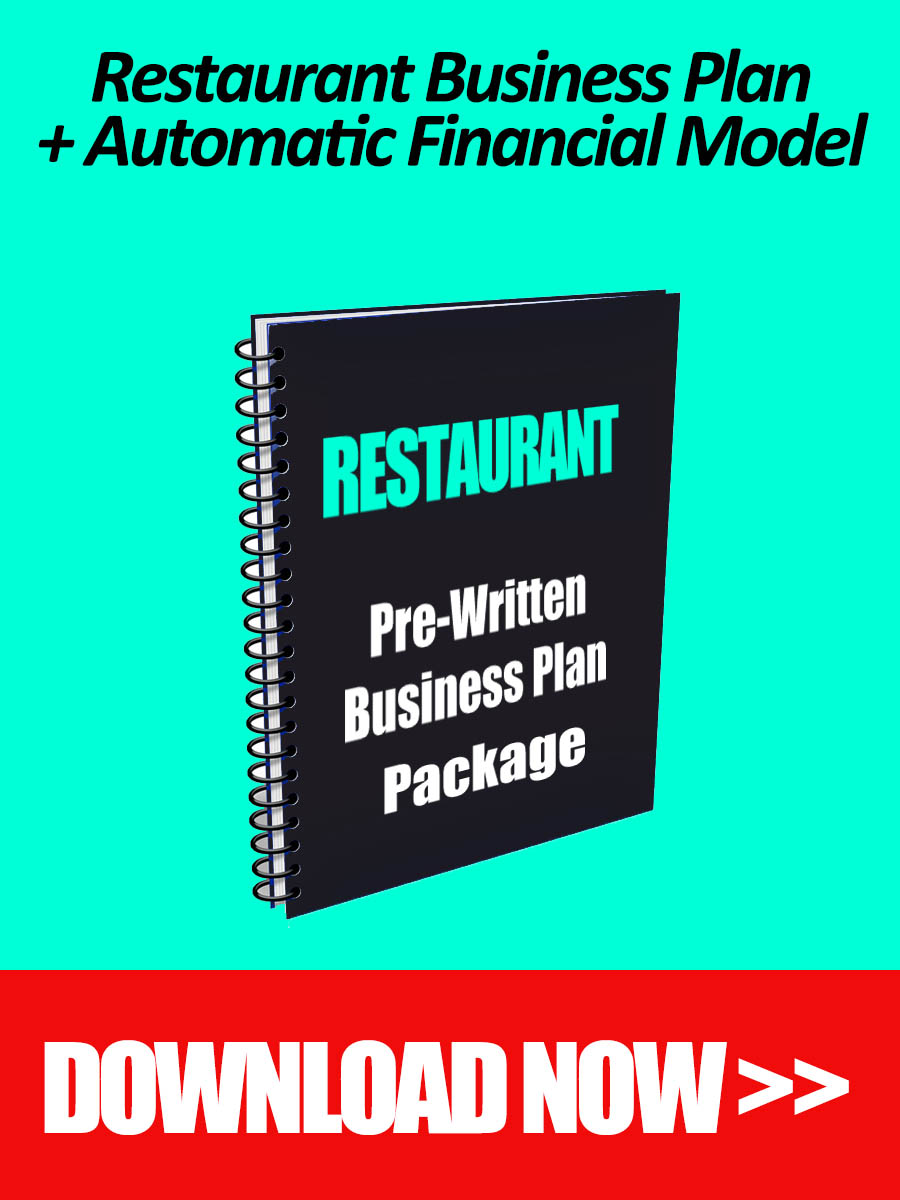In the ever-evolving landscape of the hospitality industry, crafting a successful restaurant model requires a strategic approach that goes beyond delectable dishes and impeccable service. Enter the Business Model Canvas, a powerful tool that enables restaurateurs to visualize, analyze, and optimize their business concept. In this article, we will delve into the intricacies of using this method to model a restaurant, offering a comprehensive guide for aspiring and existing restaurant entrepreneurs alike.
The Business Model Canvas, developed by Alexander Osterwalder and Yves Pigneur, is a visual framework that simplifies the complexities of a business into nine key pillars. These blocks cover every aspect of a business, from customer segments to revenue streams, providing a holistic view that aids in strategic decision-making. The nine pillars are the following:
- Customer Segments
- Value Propositions
- Channels
- Customer Relationships
- Revenue Streams
- Key Resources
- Key Activities
- Key Partnerships
- Cost Structure
Like the restaurant SWOT analysis, the business model canvas is an important section in your business plan. If you wish to write a solid business plan for your F&B project, we actually recommend you check our ready-made restaurant business plan template with pre-written text in Word and a user-friendly financial plan in Excel.
Now, let us see how we can apply the Business Model Canvas to your restaurant using the 9 pillars above.
Your Restaurant’s Customer Segments
Dive deeper into understanding your customer segments by conducting thorough market research. Consider factors such as geographic location, socio-economic status, and lifestyle preferences. Are you targeting health-conscious urbanites, or perhaps families seeking a cozy dining experience? Developing detailed buyer personas can further refine your understanding of your customers and guide your marketing and service strategies.
Your Restaurant’s Value Proposition
It is imperative to elaborate on your value proposition and identify the unique selling points that resonate with your target audience. Is it your chef’s signature dishes, a commitment to locally sourced ingredients, or a one-of-a-kind dining atmosphere? Clearly communicate these elements to customers, emphasizing the emotional and functional benefits that set your restaurant apart in a crowded market.
Channels
In this section, you need to understand the intricacies of your chosen channels by outlining the specific platforms and methods you’ll use to reach your target audience. If digital marketing is a primary channel, detail your social media strategy, email campaigns, and website optimization. For offline channels, explore partnerships with local businesses, participation in community events, and traditional advertising methods.
Customer Relationships
Here, you will need to define the touchpoints and experiences that contribute to customer satisfaction. Will your restaurant focus on personalized service through loyalty programs, feedback mechanisms, or reservation systems? Consider how technology, such as customer relationship management (CRM) tools, can enhance and streamline these interactions.
Your Restaurant’s Revenue Streams
Understanding an F&B business implies understanding its revenue potential. Provide a comprehensive breakdown of your revenue streams beyond the core food and beverage sales. Explore potential ancillary sources of income, such as private events, catering services, branded merchandise, or subscription-based models. Diversifying revenue streams can contribute to financial stability and mitigate risks associated with fluctuations in dining trends.
Key Resources
What are the key resources required to operate your restaurant? This includes physical assets like the location and kitchen equipment, human resources such as skilled chefs and trained staff, and intellectual resources like unique recipes, branding assets, and proprietary systems.
Key Activities
Define the key activities essential for day-to-day operations. Outline your menu development process, kitchen operations, marketing initiatives, and customer service protocols. Detail the systems and processes in place to maintain consistency and quality throughout the customer experience.
Key Partnerships
Explore potential partnerships that align with your restaurant’s mission and goals. Consider local suppliers for fresh ingredients, collaborations with neighboring businesses for cross-promotions, or partnerships with delivery services to expand your reach. Clearly outline the mutual benefits and expectations associated with these collaborations.
Your Restaurant’s Cost Structure
Understanding the cost structure of your restaurant is paramount. Provide a thorough breakdown of your costs, distinguishing between fixed and variable costs. Explain how you plan to achieve cost-effectiveness without compromising on the quality that defines your restaurant. Consider utilizing technology, optimizing supply chain processes, and implementing energy-efficient practices to manage costs sustainably.
Final Thoughts
Remember, the success of your restaurant project lies in the meticulous planning and execution of each business model canvas building block. Continuously monitor and adapt your strategies based on feedback, industry trends, and changing consumer preferences to ensure sustained success in the dynamic restaurant landscape.
Recognize that your restaurant’s business model is not static. Regularly assess and reassess each building block in response to market dynamics, customer feedback, and industry trends. Be willing to pivot and adapt your F&B business model based on emerging insights. Flexibility is crucial in responding to changing consumer preferences and competitive landscapes.
By utilizing the Business Model Canvas method, restaurateurs can navigate the complexities of their venture, making informed decisions that pave the way for sustained F&B growth and customer satisfaction.




